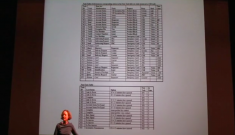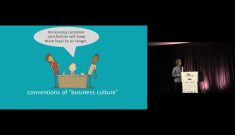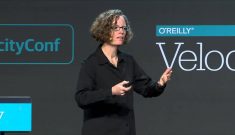Many of the applications you develop are applications you would use. This makes it easy to know what will work and what won’t. At some point, however, you’ll find yourself developing something that you would only occasionally use, and suddenly you’re treading in dark places. You know user research is important, you know the experience of using the product should be positive, if not delightful. But sometimes the findings you get are pretty difficult to translate into a decision about the software.
Mental models are diagrams that represent the underlying philosophies and emotions that drive people’s behavior, matched up with the ways you think you can support them with your software. Rather than knowing “I like to go to movies alone,” you’ll learn the myriad reasons why. (E.g. “I like to give the director the attention and respect he deserves, because when I wrote a play in college, people didn’t pay attention very well, they didn’t get the point, and I felt frustrated.”) Knowing the motivating philosophy opens up different avenues for supporting the behavior. You could, for example, offer additional means for this type of moviegoer to “get the point” of the movie. Mental models are useful as structures for attaching these ideas to sets of philosophies and for generating new ideas in places where there are gaps.
In this presentation, author Indi Young will introduce you to mental models and show you one that was developed at Google for the Analytics product. Indi will show you how to use the mental model to expand your perspective and create applications that reach beyond the basic requirements.







